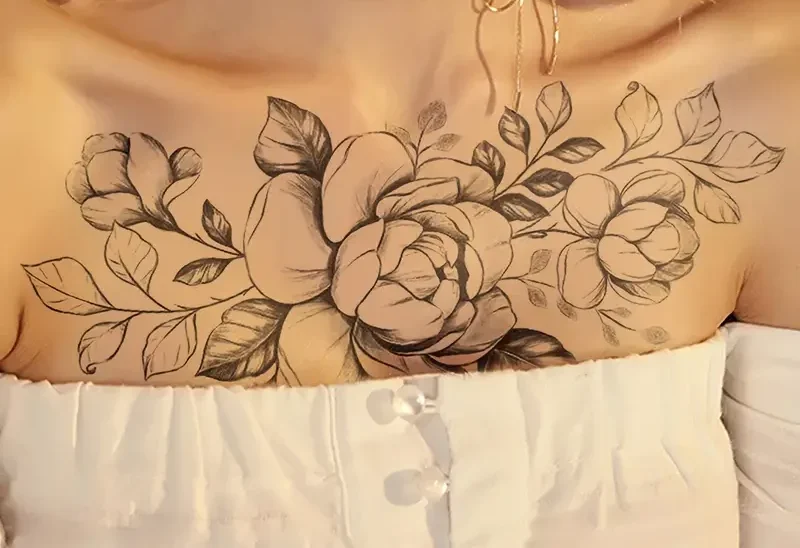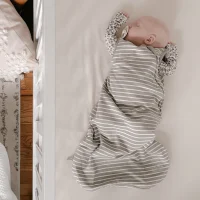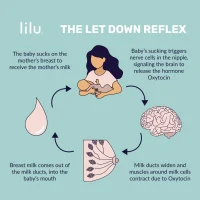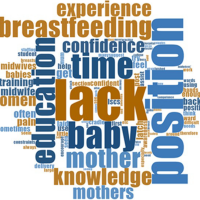“Tattoos on the breasts will contaminate breast milk with ink.”
“Nipple piercings permanently prevent breastfeeding.”
“Body modifications like piercings or tattoos can transmit HIV or Hepatitis through breast milk.”
These alarming claims are frequently directed at mothers who have body modifications and wish to breastfeed. Such misinformation often originates from healthcare providers, acquaintances with good intentions, or lactation consultants lacking updated knowledge.
However, evidence shows that breastfeeding remains safe and achievable for individuals with body modifications—provided proper hygiene practices and medical guidelines are followed. With appropriate care, body art or piercings do not inherently compromise a parent’s ability to nourish their child through breastfeeding.
The Evolution and Social Context of Body Art
Body modification—encompassing practices like tattooing, piercing, scarification, and artistic branding—has been an integral part of human culture for millennia. Archaeological evidence and historical records reveal that practices like tattooing and piercing have existed across civilizations for over five millennia. In contemporary society, these traditions have undergone a dramatic resurgence, evolving from niche subcultures to mainstream acceptance. In the United States alone, over 20 million individuals—more than half of whom identify as female—now sport tattoos, while 30% have piercings and nearly 10% combine both forms of body art. This cultural shift reflects broader societal transformations, where body modifications increasingly serve as vehicles for personal storytelling, identity assertion, and commemorating pivotal life moments.
The intersection of body art and modern parenthood has emerged as a significant social phenomenon. Many women now embrace tattoos and piercings as empowering forms of self-expression during their reproductive years. Concurrently, with breastfeeding rates reaching historic highs globally, new parents frequently question the compatibility of body modifications with lactation. Common concerns include the safety of nursing with existing nipple piercings or breast tattoos, and whether acquiring new body art during lactation poses risks. This discussion aims to address these practical considerations while dispelling persistent myths surrounding bodily autonomy and infant nourishment.
Nipple Piercings: Considerations for Healing and Breastfeeding
Nipple piercings remain a popular choice for body modification enthusiasts, yet they demand careful planning and awareness of potential risks. The healing process for these piercings can extend up to 12 months, with infections and jewelry rejection being common complications if aftercare protocols are neglected. For those planning pregnancy, experts recommend piercing nipples at least 12–18 months before conception to allow full healing and fistula formation—a stable channel that accommodates hormonal and anatomical changes during pregnancy. This timeframe also ensures jewelry removal during breastfeeding without risking closure of the piercing tract. New mothers should note that professional piercers typically avoid performing nipple piercings on lactating individuals due to increased infection risks and challenges in maintaining hygiene during frequent nursing sessions.
Breastfeeding with Piercings: Practical Guidelines
Established nipple piercings generally do not impede breastfeeding, as human nipples contain 8–12 milk pores, making complete duct blockage unlikely. However, studies indicate rare cases of altered milk flow due to scar tissue or duct obstruction from piercings. Some parents report milk leakage through piercing channels when jewelry is removed, which may require managing fast-flowing milk to prevent infant choking. To minimize risks, lactation consultants advise removing jewelry before nursing to prevent aspiration, oral injury, or bacterial transfer. Flexible PTFE barbells are occasionally used during feeds, though this practice remains debated.
Long-Term Piercing Maintenance and Complications
Leaving jewelry out long-term during lactation may lead to channel closure, requiring re-piercing post-weaning after a 3-month waiting period. Regular use of insertion tapers can help maintain piercing patency. Parents should monitor for engorgement, blocked ducts, or mastitis—conditions potentially exacerbated by piercings. Persistent nipple pain or healing issues warrant consultation with lactation specialists (e.g., IBCLCs) and certified piercers.
For unresolved challenges, combining medical guidance with body modification expertise ensures safe navigation of breastfeeding and piercing maintenance.
Tattoos
Tattoos represent an enduring art form embedded into the skin, though they carry inherent health considerations. Similar to piercings, infections—both localized and systemic—rank among the most common risks, often arising from inadequate aftercare. Additionally, allergic reactions to tattoo pigments, which may contain synthetic compounds or heavy metals, remain a possibility. Notably, existing tattoos on the breast or other areas do not interfere with breastfeeding. The permanence of tattoos stems from the body’s inflammatory response, which encapsulates ink particles beneath the skin. This biological process effectively prevents pigments from entering the bloodstream or infiltrating milk-producing cells. It’s important to emphasize that tattoo inks, whether derived from natural or synthetic sources, fall outside FDA regulatory oversight, as they are not classified as injectable substances (FDA, 2012).
Professional tattoo artists typically refuse to work with breastfeeding clients, advising against the procedure during lactation. Their stance aligns with concerns that the body’s healing capacity may be compromised while producing milk, potentially heightening infection risks. This precaution also serves to protect infants from potential exposure to pathogens through breastmilk, particularly during vulnerable newborn stages (Hudson, 2009). For those considering tattoos while nursing, delaying until the infant reaches 9-12 months old reduces potential hazards. Choosing licensed studios adhering to Universal Precautions further minimizes infection risks. Nursing parents should recognize that younger infants face greater susceptibility to contaminants compared to older breastfeeding children.
Tattoo Removal
Approximately one in five individuals who obtain tattoos eventually experience regret and seek removal. Modern techniques primarily utilize Q-switch laser technology, which delivers concentrated bursts of light energy to penetrate the skin’s surface and target pigment particles. This process breaks down ink into microscopic fragments that are gradually eliminated by the body’s lymphatic system. Research indicates these fragmented particles are physiologically incapable of transferring into breastmilk, ensuring safety for lactating individuals. This non-invasive method is generally bloodless and considered low-risk, with minimal side effects. Post-procedure care mirrors standard tattoo aftercare protocols, with over-the-counter analgesics like acetaminophen typically sufficient for pain management. Potential complications such as temporary skin discoloration, localized infections from improper wound care, or rare allergic reactions to liberated ink components may occur but remain uncommon. Adherence to prescribed aftercare guidelines significantly reduces risks, enabling most breastfeeding mothers to undergo the procedure without complications.
Universal Precautions
When considering body modifications like tattoos or nipple piercings, strict adherence to Universal Precautions by practitioners is critical for safety. Reputable professionals use autoclave-sterilized equipment, single-use items such as needles, inks, gloves, and ink cups, and maintain hygienic practices like disinfectant handwashing and avoiding cross-contamination. Regulatory compliance, including local health department standards, further ensures safety, as no documented HIV transmissions have occurred through properly regulated procedures. Organizations like the Association of Professional Piercers and the Association of Professional Tattooists provide guidelines for safe practices. Notably, milk banks restrict donations from individuals with recent piercings or tattoos due to potential infection risks.
Body art and breastfeeding can coexist safely when precautions are followed. Mothers should verify their artist’s adherence to sterilization protocols and aftercare guidelines to minimize health risks. While self-expression through tattoos or piercings is achievable, awareness of milk donation restrictions and collaboration with licensed professionals remain essential for balancing personal aesthetics with infant safety.




